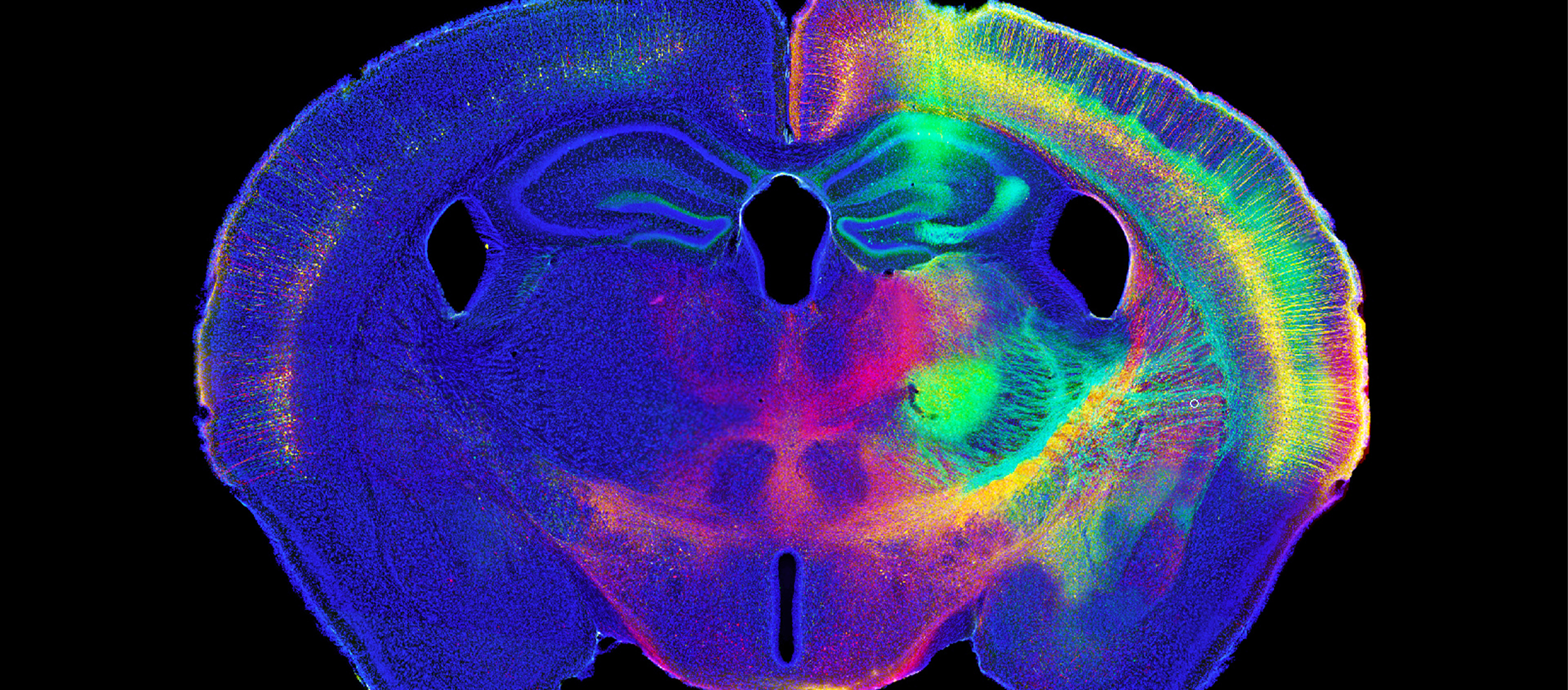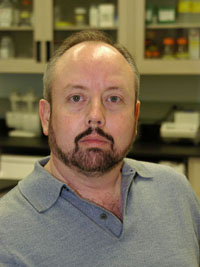No two trees are exactly alike, in the forest or in the brain. Though despite the diversity of dendritic arborizations, when it comes to branching out different types of neurons do have a couple things in common, say researchers at the National Institute for Physiological Sciences in Okazaki, Japan. Led by longtime MBF Bioscience customer Dr. Yoshiyuki Kubota, the research team identified two organizational principles common...
Read More
MBF Bioscience Blog
[caption id="attachment_1338" align="alignleft" width="150" caption="Dr. William Seeley"][/caption] MBF Bioscience congratulates our customer Dr. William Seeley on his 2011 MacArthur Foundation Fellows award. Dr. Seeley is an Associate Professor of Neurology at the University of California San Francisco Memory and Aging Center. His research area is regional vulnerability in dementia—why certain dementias attack specific neurons. Dr. Seeley leads the Selective Vulnerability Research Lab at USSF. Read about the John D....
Read MoreMBF Bioscience congratulates our friend and collaborator Dr. Patrick Hof for his appointment as the new editor-in-chief of The Journal of Comparative Neurology. Dr. Hof is the Irving and Dorothy Regenstreif Professor of Neuroscience and the Vice-Chair of the Department of Neuroscience at Mount Sinai School of Medicine in New York. He also directs the Center of Excellence on Brain Aging of the Friedman Brain...
Read More Talk of zebrafish and Spaceballs probes make Dr. Daniel Peterson’s microscopy and stereology courses sound intriguing. But Dr. Peterson says it’s the hands-on instruction that students enjoy most about the biannual workshops he teaches in Chicago. From August 15-19, 2011, the Associate Professor and Executive Director at the Center for Stem Cell and Regenerative Medicine at The Rosalind Franklin University of Medicine and Science, welcomes students to Chicago’s Club Quarters for five days of instruction on all aspects of state-of-the-art microscopy, stereology, and histological analysis.
Talk of zebrafish and Spaceballs probes make Dr. Daniel Peterson’s microscopy and stereology courses sound intriguing. But Dr. Peterson says it’s the hands-on instruction that students enjoy most about the biannual workshops he teaches in Chicago. From August 15-19, 2011, the Associate Professor and Executive Director at the Center for Stem Cell and Regenerative Medicine at The Rosalind Franklin University of Medicine and Science, welcomes students to Chicago’s Club Quarters for five days of instruction on all aspects of state-of-the-art microscopy, stereology, and histological analysis.
He spoke to us about the atmosphere in the classroom, what kinds of students take his course, and what aspects of the workshops participants get most excited about.
Read MoreJourneying along axons, microscopic powerhouses known as mitochondria provide cells with the energy they need to function. When something goes wrong with the axonal transport and mitochondria isn't delivered, the system fails, and the cell body dies. Scientists in the Department of Anatomy and Neurobiology at the Washington University School of Medicine in St. Louis study the cellular bases of neurological disorders. Their recent research focuses...
Read MoreDr. Edward G. “Ted” Jones, distinguished neuroscientist died Monday 6 June 2011 at the age of 72. Dr. Jones collapsed while talking with colleagues at a scientific meeting at the Ronald Reagan UCLA Medical Center. He suffered sudden cardiac death. Jack Glasser, president of MBF Bioscience said, “Ted was an outstanding neuroanatomist. Among many of his accomplishments, his work on brainmaps.org was a great contribution to...
Read MoreAsk any parent—when a teenage boy hits puberty, the transformation can be astounding. His voice deepens. His height skyrockets. The sex hormones surge. But what about the brain? It's changing too. Dr. Bradley Cooke of the Neuroscience Institute at Georgia State University studies sex-specific neural circuitry in the amygdala. His past investigations showed increases in regional volume and soma size of the medial amygdala (MeA), a...
Read MoreWho: Harvey Karten, M.D., Professor of Neurosciences Where he works: The University of California, San Diego Research focus: The evolution of the organization of avian brains. MBF Bioscience software used: Neurolucida Major scientific contributions: Neuroscientists use the bird brain model to better understand the organization and evolution of the human brain thanks to Dr. Karten's research on nonmammalian vertebrates. In addition, Dr. Karten is a brain-mapping pioneer. He is...
Read MorePatients suffering from Parkinson's disease may have a new way to manage their illness: gene therapy. Scientists at seven leading gene therapy centers across the US saw improvements in patients when a gene that helps produce the inhibitory transmitter GABA was introduced to quiet the subthalamic nucleus, an overactive region of the brain in Parkinson's patients. Twenty-two subjects from a group of 45 patients aged 30-75...
Read MoreTo a child with autism the world is an intense place. Strangers unnerve. Surprises unsettle. To cope, the autistic child creates his own internal world. It's placid, secure, and void of extremes. Though autism is one of the most common childhood developmental disorders in existence, affecting an estimated one in 110 children, we know little about how it works. Most theories suggest a deficiency in the...
Read More





